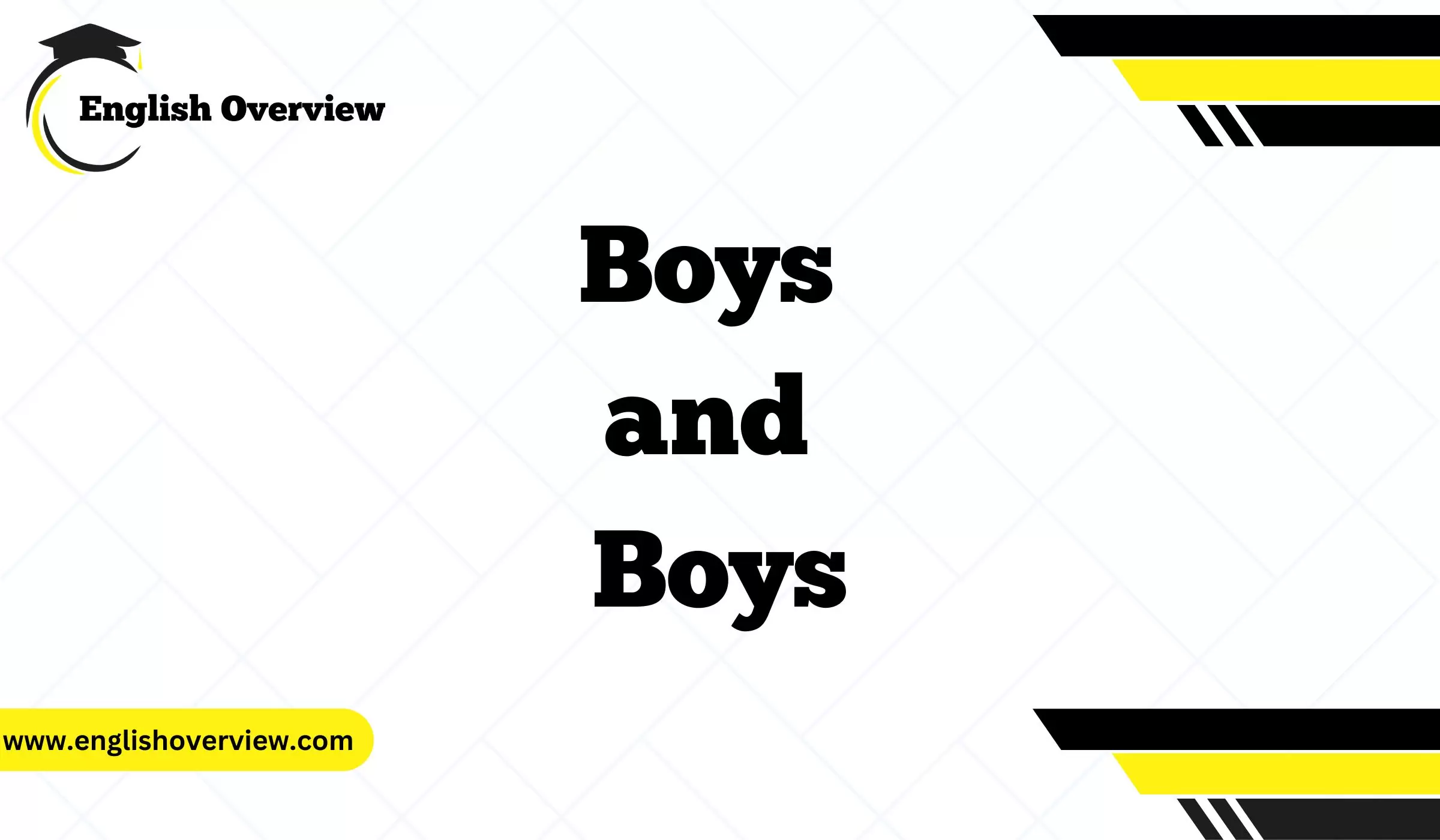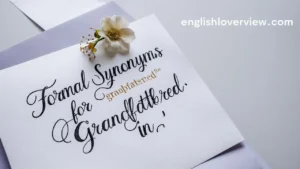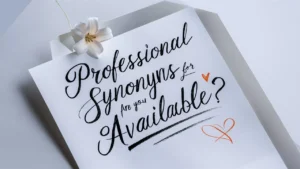Navigating through the English language can sometimes feel like solving a puzzle, especially with words that look almost the same but carry different meanings based on tiny changes, like an apostrophe or an “s”.
Today, we’re tackling a common trio of terms: “Boy’s,” “Boys’,” and “Boys.” By the end of this guide, you’ll know exactly when to use each form, supported by clear examples and a straightforward table for quick reference. Let’s make learning this as easy as pie!
Boy’s (Singular Possessive)
Boy’s refers to something that belongs to or is associated with one boy. It’s what we call the singular possessive form. This tiny apostrophe before the “s” is like a little arrow pointing to the owner.
Examples:
- The boy’s bike is new.
- (The bike that belongs to one boy)
- It’s the boy’s first day at school.
- (The first day of school for one boy)
- The boy’s laughter filled the room.
- (The laughter that comes from one boy)
Boys’ (Plural Possessive)
Moving on to Boys’, this form is used when something belongs to or is related to more than one boy. Here, the apostrophe sneaks in after the “s”, signaling that we’re talking about a group’s possession.
Examples:
- The boys’ locker room is on the right.
- (The locker room used by the boys)
- Two days are left until the boys’ holiday.
- (The holiday that the boys are going to enjoy)
- The boys’ scores were all above average.
- (The scores belonging to the boys)
Read More: Exploring Secretary’s, Secretaries’, and Secretaries: A Simple Guide
Boys (Plural)
Lastly, Boys is the simple plural form, used when mentioning more than one boy. No apostrophes here; it’s just about quantity, not ownership.
Examples:
- The boys are playing soccer.
- (More than one boy is playing)
- Boys often enjoy outdoor games.
- (A general statement about boys)
- Those boys are in the same class.
- (Referring to specific boys in a group)
Understanding the Differences: A Table
For a bird’s eye view of what we’ve covered, here’s a table that lays it all out simply:
| Form | Usage | Example Sentence |
| Boy’s | Singular possessive (one boy) | The boy’s bike is new. |
| Boys’ | Plural possessive (more than one boy) | The boys’ locker room is on the right. |
| Boys | Plural (more than one boy) | The boys are playing soccer. |
Tips for Remembering
- If it’s about one boy and his belongings, think of Boy’s.
- For belongings shared by several boys, go with Boys’.
- And if you’re simply counting heads, more than one makes them Boys.
Mastering when to use Boy’s, Boys’, and Boys can greatly improve your writing and communication clarity. It’s a small detail that makes a big difference in showing whether you’re talking about one boy, several boys together, or many boys individually. This guide aims to demystify these terms, making them easy to remember and apply in everyday language. Now, with this knowledge in your toolkit, you’re ready to tackle these terms with confidence!

Matthew Porter is currently an English instructor at a university. She has experience in teaching and assessing English tests including TOEFL, IELTS, BULATS, FCE, CAE, and PTEG. With over a decade of teaching expertise, Matthew Porter utilizes his knowledge to develop English lessons for her audience on English Overview.









